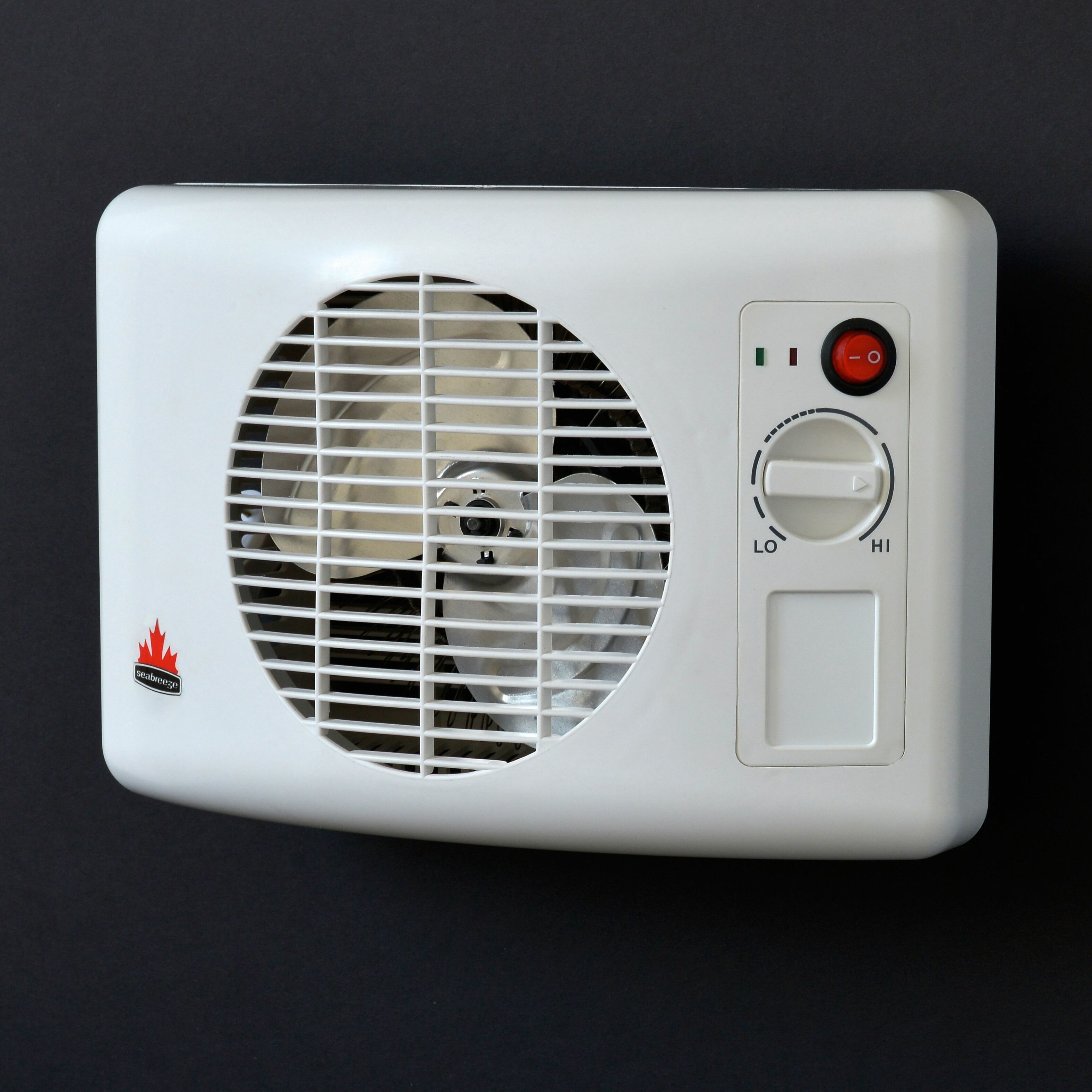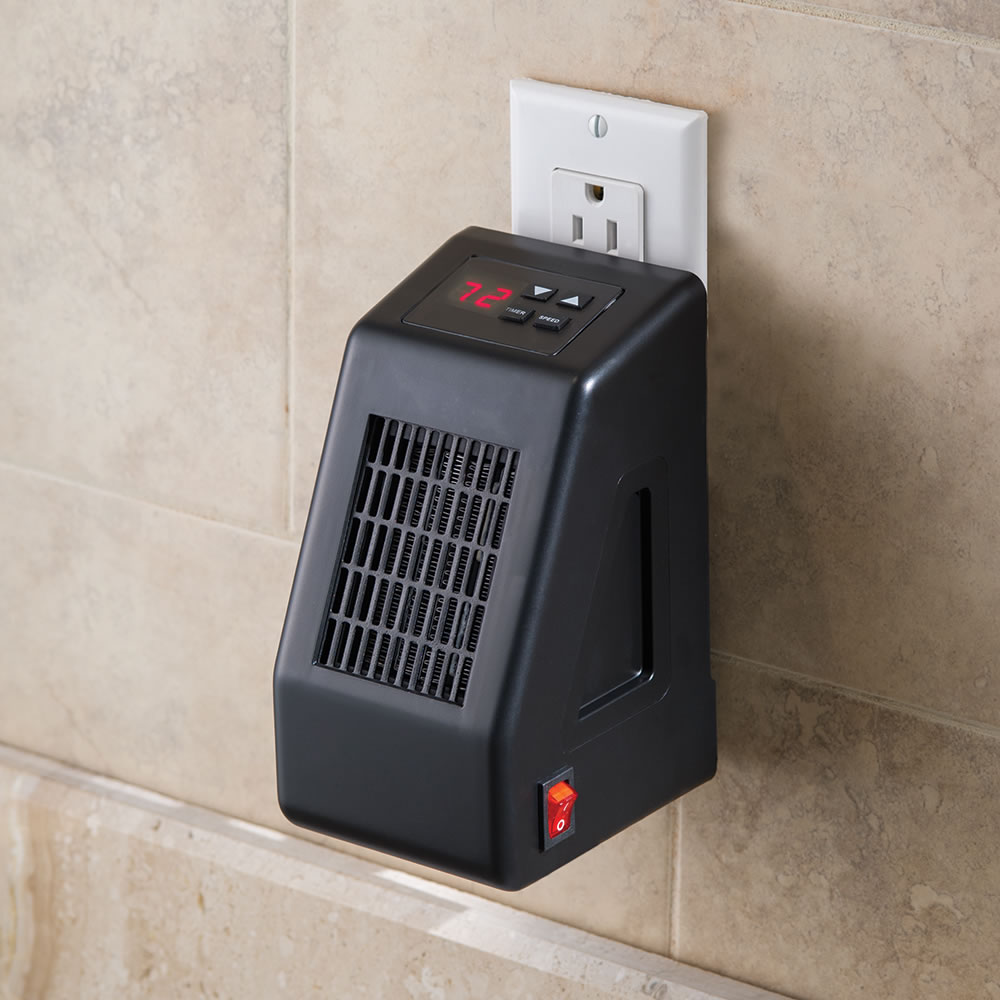Safety Considerations: Small Oil Heater For Bathroom

Using an oil heater in a bathroom requires careful attention to safety. While these heaters can provide warmth, they also pose potential risks if not used correctly. Understanding and adhering to safety guidelines is crucial to prevent accidents and ensure a safe heating experience.
Safety Features
Oil heaters often come equipped with safety features designed to minimize risks. These features include:
- Automatic Shut-Off: This feature automatically turns off the heater if it tips over or if the internal temperature reaches a dangerous level. This prevents overheating and potential fires.
- Tip-Over Protection: This feature automatically shuts off the heater if it is accidentally knocked over, preventing fires and spills.
- Overheat Protection: This feature prevents the heater from overheating by automatically shutting it off if the internal temperature becomes too high. This helps to prevent fires and damage to the heater.
Safe Installation and Operation
Proper installation and operation are essential for safe use of an oil heater:
- Ventilation: Ensure adequate ventilation in the bathroom. Oil heaters consume oxygen and release combustion byproducts, which can build up in poorly ventilated spaces. Open a window or use a fan to ensure proper air circulation.
- Distance from Flammable Materials: Keep the heater at a safe distance from flammable materials such as curtains, furniture, and bedding. A minimum distance of three feet is generally recommended.
- Avoid Damp or Wet Environments: Never use an oil heater in a damp or wet environment, such as a bathroom with a running shower. Water and electricity are a dangerous combination and can lead to electrical shocks or fires.
- Unattended Operation: Never leave an oil heater unattended while it is running. Always turn it off before leaving the bathroom or going to sleep.
Potential Risks
Using oil heaters in bathrooms can pose several risks:
- Fire Hazards: Oil heaters can be a fire hazard if they are not used properly. Overheating, improper ventilation, and proximity to flammable materials can all increase the risk of fire.
- Carbon Monoxide Poisoning: Oil heaters release carbon monoxide, a colorless and odorless gas that can be deadly. Inadequate ventilation can lead to carbon monoxide buildup, which can cause poisoning and even death. Install a carbon monoxide detector in your bathroom and ensure it is working properly.
- Electrical Shocks: Oil heaters can pose an electrical shock hazard if they are not properly grounded or if they come into contact with water. Always check that the heater is properly grounded and never use it in a damp or wet environment.
Maintenance and Care

Regular cleaning and maintenance are crucial for ensuring the optimal performance and longevity of your small oil heater. By following a few simple steps, you can keep your heater running smoothly and efficiently, while also maximizing its lifespan.
Cleaning and Maintenance, Small oil heater for bathroom
Cleaning your oil heater regularly helps prevent the buildup of dust and debris, which can affect its performance and potentially lead to safety hazards. Here’s a step-by-step guide for cleaning your heater:
- Unplug the heater from the power outlet before cleaning.
- Allow the heater to cool completely before handling.
- Use a soft, dry cloth to wipe down the exterior of the heater, including the base, sides, and top.
- Use a vacuum cleaner with a brush attachment to remove any dust or debris from the air intake and exhaust vents.
- To clean the inside of the heater, remove the wick and gently wipe it with a clean cloth. Do not use any harsh chemicals or abrasive cleaners.
- Replace the wick after cleaning.
- Plug the heater back in and test it to ensure it’s working properly.
It is recommended to clean your oil heater every few weeks, or more often if it is used frequently. You can also use a mild soap and water solution to clean the exterior of the heater, but be sure to dry it thoroughly before plugging it back in.
Inspection and Repairs
Regular inspections are essential for identifying any potential damage or malfunctioning parts. It is recommended to inspect your oil heater every few months, or more often if you notice any unusual sounds or smells.
- Check the power cord for any signs of wear or damage.
- Inspect the wick for any signs of wear or damage. A worn or damaged wick can cause the heater to malfunction or pose a fire hazard.
- Check the oil tank for any leaks or cracks.
- Make sure the heater is sitting on a stable and level surface.
If you notice any damage or malfunctioning parts, it is important to contact a qualified technician for repairs. Never attempt to repair the heater yourself, as this could be dangerous.
Small oil heater for bathroom – A small oil heater can be a lifesaver in a chilly bathroom, providing cozy warmth on those cold mornings. To keep your bathroom essentials organized and within reach, consider adding a small metal bathroom shelf above the heater. This way, you can store your towels, toiletries, and even a small basket of cozy socks right next to the source of warmth, making your bathroom a haven of comfort and convenience.
Small oil heaters can be a great option for warming up a bathroom quickly, but they can also be a bit of a safety hazard. If you’re looking for a more permanent and safer solution, you might consider a radiator.
For smaller bathrooms, you can find a wide variety of small bathroom radiators in the UK that are both stylish and efficient. These radiators can be connected to your central heating system, providing consistent warmth throughout the day, and can also be used to dry towels, making them a practical addition to any bathroom.